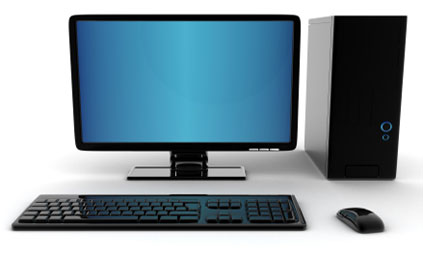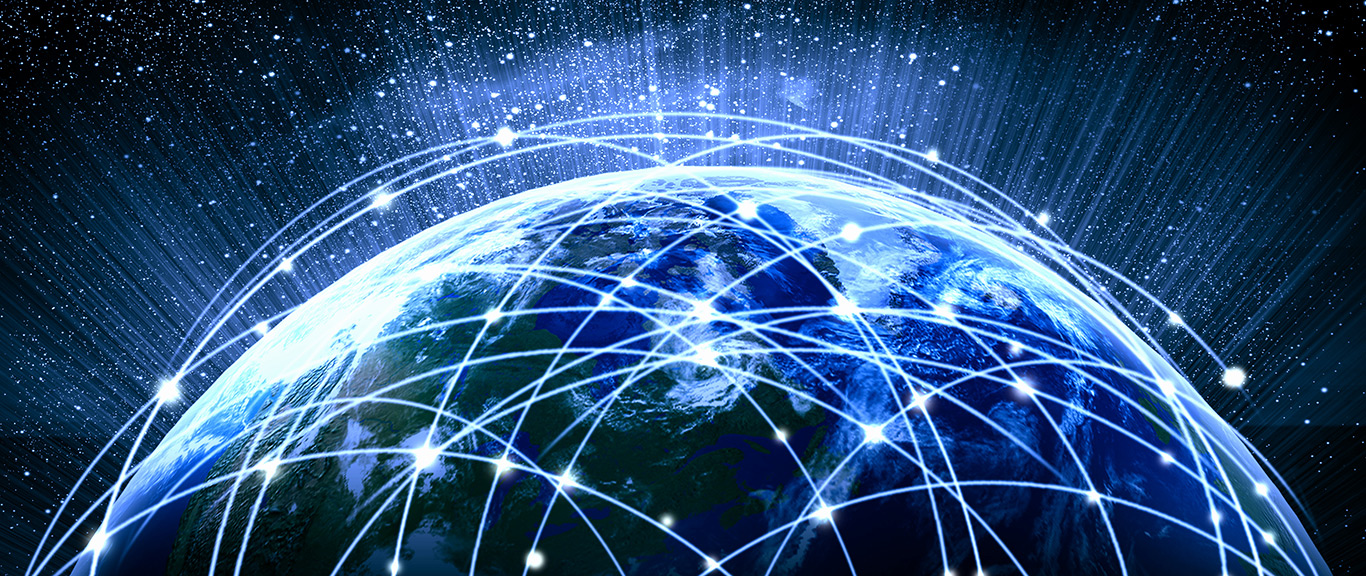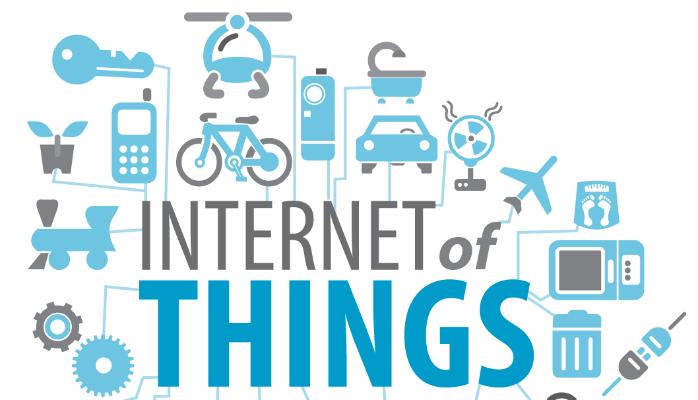Within the past half century, so many new technologies have appeared that it’s impossible to list them all. Below are the top five breakthrough technologies discovered within the past 50 years that have revolutionized the way Americans live.
Personal computers/computing technology

Image source: uwyoming.org.
The computer is undoubtedly among humankind’s most important inventions. Being able to compute and store data provides us the ability to take on problems that would likely be impossible otherwise. Today, at the click of a button, rocket machines can be launched, ICU life-support is run, and instant communication is enabled on a daily basis. Basically, we have the world at our fingertips.
The Internet

Image source: vuetelitalia.it.
In 1969, the first message was sent electronically between two computers over the Advanced Research Projects Agency Network (ARPANET). It wasn’t until 1989 when British computer scientist, Tim Berners-Lee, proposed the idea of the World Wide Web as we know it. Shortly after, the first official website was completed in 1990. From there, the Internet was unstoppable, and has proven useful for all sorts of tasks, from communication and entertainment to education and research. If you stop to think about it, it’s amazing that you’re using the Internet to read this article.
Cellphone technology

Image source: linkedin.com.
Back in 1983, the first commercially available cell phone was released, and users could only talk for half an hour before it needed to be recharged. Resembling a brick in size, it was weighed down with a $3,995 price tag, but consumers were all over it. Since then, technology has advanced enough to make mobile phones, which are now pocket-sized computers, commonplace, and they’re loaded with features, such as GPS and cameras, that were once unthinkable.
Satellite communications

Image source: Wikipedia.org.
A bit older than the rest, since the first satellite, Sputnik 1, was launched in 1957, satellite communication was a huge life-changer and is what makes many other breakthrough technologies possible. This sort of communication allows TV, radio, data, and telephone transmissions to be sent anywhere in the world. Powered by solar cells and batteries, satellites are in orbit around Earth, either moving or geo-stationary relative to the world. They relay transmissions from one ground station to another via the network of satellites.
The Internet-of-Things

Image source: linkedin.com.
The Internet-of-Things, or IoT, is a proposed development of the Internet in which everyday objects have network connectivity, allowing them to send and receive data. Simply put, it’s the concept of connecting any device with an on and off switch to the Internet (and/or to each other). In the IoT, objects can be identified with an addressable system such as TCP/IPv6. IPv6, with its 128-bit address, is looking to have a unique address for every single item in the world. Currently there are approximately 3.4 x 1038 addresses available for use.
Advertisement
Learn more about Electronic Products Magazine





